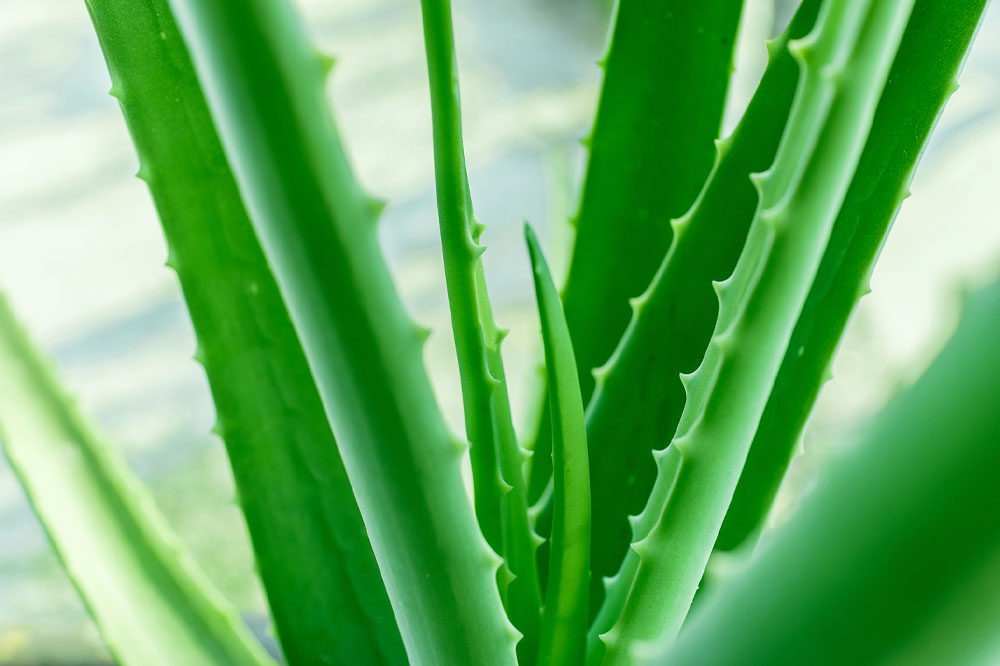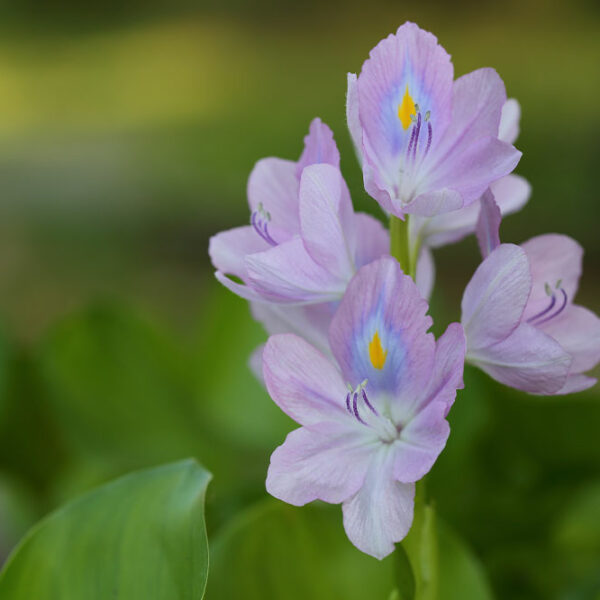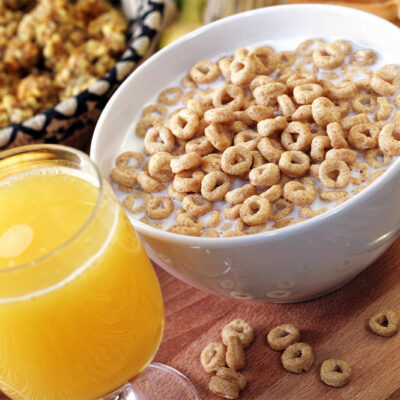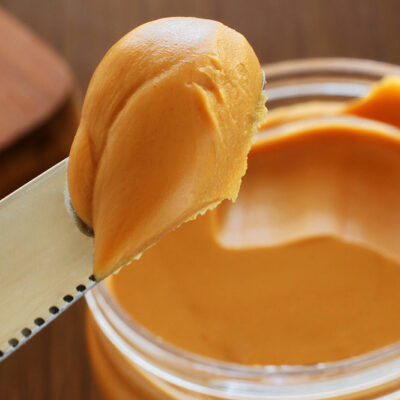4 unusually bad foods for those with diabetes
Diabetes is a common illness that can affect adults as well as children. If this health condition is not controlled, it can result in serious outcomes such as cardiovascular diseases and respiratory issues. Having a disciplined meal plan by eating healthy and avoiding junk foods can reduce the risk of type 1 and 2 diabetes. Here are four common foods that can adversely affect the health of those with diabetes: Carbonated and sweetened beverages Sugary drinks like sodas can be the worst choice for people with diabetes. Such beverages are loaded with fructose and contain several quantities of carbohydrates. The high amount of sugar in these drinks is rapidly absorbed by the body, resulting in abrupt metabolic changes. The subsequent release of excess insulin can be quite a problem when dealing with type 1 and 2 diabetes. Fatty liver, increased belly fat, and increased levels of harmful cholesterol are some of the issues that occur from having these beverages on a regular basis. Energy drinks also contain high amounts of added sugars and sodium, which is not a good option for people with diabetes. High-carb grains White bread, pasta, and white rice are low in fiber and high in carbs. Including such foods in your meal plan can result in increased sugar levels. These refined grains have a high glycemic index, which can lead to increased blood sugar levels. Swapping these with whole-grain alternatives reduces the risk of complications. High-fiber foods are your best bet as far as minimizing the risk of diabetes is concerned. An increased amount of roughage can promote the growth of gut bacteria that helps improve insulin resistance. Processed and preserved foods Most packed snacks and canned foods have a high amount of white flour as a core ingredient. For example, cookies, packed chips, and candies are mostly made up of processed carbohydrates, added sugar, and salt.
Read More 










